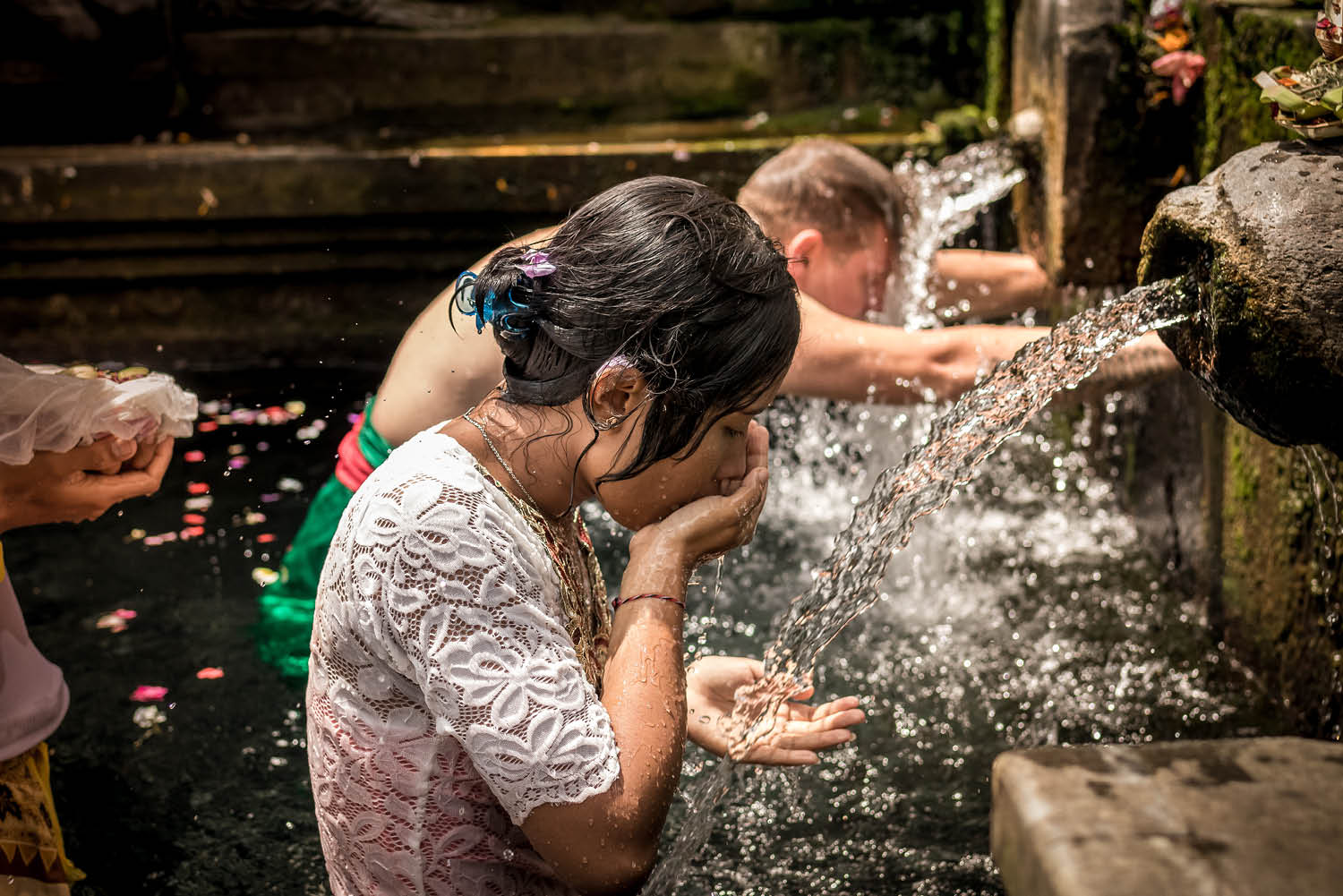
The Truth About Bali Belly — BIMC Hospital Bali
Bali Belly meaning: Bali Belly is another name given to an upset stomach or travellers' diarrhoea and food poisoning.. Is Bally Belly parasite. It is very common to get parasites in Bali. There are many different types of parasites, but the most common types of contract in Bali are roundworms (nematodes), tapeworms (cestodes), and fluke worms (trematodes).

The Dreaded Bali Belly What It Is & How To Avoid It? GlobeTrove
Bali Belly can be caused by bacteria found in local foods or drinking water, although it is most commonly caused by an increase in exotic foods, too much food and an increase in alcohol consumption. The most common bacteria which causes Bali Belly is E. Coli. While it's very tempting to live like a local for the most authentic holiday.

Bali Belly How To Avoid It And What To Do If You Pick It Up
Bali belly, also known as "traveller's diarrhoea," is a condition that commonly affects tourists visiting Bali, Indonesia. It is often the result of a rogue gang of bacterial infections and parasites that have decided to crash your vacation party. They sneak into your system through contaminated food and water, taking advantage of.

Bali belly + hoe te voorkomen
Lots of people swear by this as an excellent treatment to rid Bali Belly. Red cordial is another treatment for Bali Belly which is used by avid Bali travellers. Lots of bottled water. Imodium or maxolon can work a treat as well (you can get this from your local GP before you leave)
What is Bali Belly ? Here are The Causes and How to Avoid Them PM
The most common cause of gastroenteritis (Bali Belly) is a virus, which accounts for 70% of the cases 1.Contaminated food and water are the biggest culprits for carriers, and keep in mind it is not necessarily the last meal you ate: symptoms can appear as soon as one hour after ingestion, and up to 48 hours later (and even weeks later in some cases) 1,3.

Bali Belly ¿qué es y cómo evitarlo? UA
Bali belly is another name of traveler's diarrhea or gastroenteritis which is caused by viral or bacterial infection through bacteria, viruses, or parasites in food or water. The main symptoms of Bali belly include diarrhea, abdominal cramps, nausea, vomiting, and sometimes fever can appear too. Symptoms can start as soon as one hour after.

Bali Belly The Ultimate Guide including Symptoms and Treatment The Runaway Family
The most important treatment for Bali Belly is to replace lost fluids and electrolytes. This can be done with oral rehydration solutions (ORS) or sports drinks. ORS can be purchased at pharmacies or supermarkets or can be made at home with sugar, salt, and water. It is important to drink plenty of fluids and to rest until symptoms subside.

Bali Belly How to Avoid It and Treat It YouTube
Bali Belly can last up to 5 days so it is vital to stay hydrated to aid your recovery. Eating the right food will also help with rehydration and ease the symptoms of Bali Belly. For the first day or two, eat when you feel hungry and stick to a bland diet. It can take a couple of weeks to feel well enough to resume your usual diet.

Bali Belly.....Uncovered!
Here are some tips to avoid getting Bali Belly: Only eat food that has been cooked thoroughly and avoid eating raw fruits and vegetables. Drink bottled water or water that has been boiled or treated. Avoid eating at street vendors or restaurants that do not look clean. Wash your hands frequently with soap and water.

Jamie Boyd Bali Belly Symptoms And Treatment
The condition of Bali's belly is usually caused by a virus, which is present in contaminated food and water. Based on the identification results, the most common viruses that cause this occurrence are Rotavirus and Norovirus. Apart from viruses, Bali's belly is also usually caused by bacterial infections that contaminate food as well.

Bali Belly ¿qué es y cómo evitarlo? UA
3. Change in environment. In addition to food and drink, the environment could also be the cause of Bali Belly. Of course, in enjoying your tour you have to pay attention to the natural surroundings. While doing so, we encourage you to always try to live in a clean environment starting from yourself. Remember to throw your trash to the.

Jamie Boyd Bali Belly Symptoms And Treatment
Bali Belly's most popular cure is ginger tea. You can purchase it in powder form or tea bags, but the best option is to buy raw ginger and steep 3-4 slices in water. Adding honey is optional. 5. Peppermint Tea (Teh Peppermint) For an upset stomach, many people prefer peppermint tea, which has a calming effect.

Traveldiary Indonesië Week 2 Balibelly in Canggu en cultuur in Ubud Elodit.nl Blog van
Bali belly is essentially all the symptoms of gastro, but with a quick onset and varying degrees of misery. Typically, symptoms include stomach cramps, nausea, muscular aches, headaches, diarrhoea and cold/hot flushes. It can leave you stuck in the bathroom rather than enjoying your Bali holiday, and it shows no discrimination in who it strikes.

What's Bali Belly (And How to Avoid It) Bali Traveller
7 Ways to Avoid Bali Belly. A plate of watermelon, pineapple, banana, papaya, dragon fruit, and lime. If you're one of the lucky ones reading this without being sick, below are some Bali belly tips for reducing your chances of having gastrointestinal issues in Indonesia. 1. Choose Water Carefully.

Bali Belly Vorbeugen und gesund werden! waiting is happiness
Bali belly, Montezuma's revenge, the Rangoon runs and gastro all refer to the same thing - stomach cramps, diarrhoea, vomiting, aches, and pains. These are the kinds of symptoms that can derail carefully planned holiday itineraries. It is nasty, painful and can leave you not wanting to venture too far from your hotel toilet.

Bali Belly in Ubud // Epi 11 Southeast Asia Travel Vlogs YouTube
Health can be maintained with simple things, such as choosing healthy food, choosing hygienic drinks. and looking for a trusted environment when purchasing food or drinks. Always keep a clean and healthy standard whenever it comes to food and beverages. 2. Use clean cutlery.